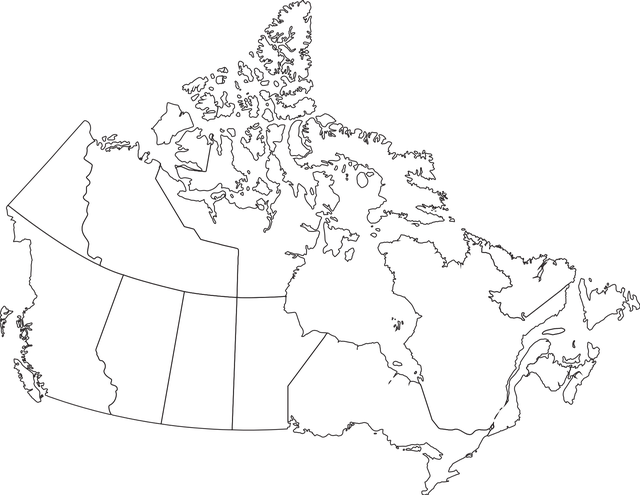Shipping a vehicle across Canada involves considering various cost factors such as vehicle type, size/weight, origin/destination, chosen shipping method (open-deck or enclosed), and route complexity. Open-deck transport is cheaper but less protected, while enclosed shipping offers better protection at a higher cost. Companies also factor in loading/unloading times, access, and additional services like insurance and tracking. To save money, request quotes from multiple carriers, provide detailed vehicle info, compare costs, consider off-peak seasons, be flexible with delivery windows, negotiate for bulk shipments or complex requirements, and review terms and conditions before finalizing any contract.
Looking to ship a vehicle across Canada? Understanding the costs is crucial before you embark on this journey. This article delves into the factors influencing vehicle shipping rates across the country, offering insights that can save you money. From weight and distance to season and demand, we explore what drives prices up or down. Armed with this knowledge, you’ll be better equipped to secure the best rates for your cross-country transportation needs in Canada.
- Understanding Vehicle Shipping Costs in Canada
- Factors Influencing the Price of National Vehicle Transportation
- Tips for Getting the Best Rates for Cross-Country Vehicle Shipping
Understanding Vehicle Shipping Costs in Canada

Shipping a vehicle across Canada involves several cost factors, and understanding these is crucial for budgeting effectively. The primary determinants include the type of vehicle, its size and weight, the origin and destination locations, and the chosen shipping method. For instance, transporting a compact car will incur different expenses compared to a large SUV or truck. Similarly, distances play a significant role; cross-country shipments will generally cost more than local ones.
In Canada, there are two primary shipping methods: open-deck and enclosed. Open-deck transport is more common for lighter vehicles and offers a lower price point but exposes the vehicle to weather and potential road debris. Enclosed shipping, on the other hand, provides better protection but comes at a higher cost, especially for larger or more luxurious vehicles. Vehicle shipping companies also factor in loading and unloading times, access to the vehicle, and any additional services required.
Factors Influencing the Price of National Vehicle Transportation

When determining the cost of shipping a vehicle across Canada, several factors come into play, each influencing the final price. First and foremost, the distance traveled is a primary consideration. The more miles logged during transportation, the higher the charge. This is especially true for cross-country moves where vehicles must traverse vast distances. Additionally, the size and weight of your vehicle significantly impact shipping costs. Heavier or larger cars will generally incur higher fees due to increased handling and fuel requirements.
Another crucial factor is the type of transport used. Open-bed trucks offer more exposure to the elements and may have lower rates, while enclosed carriers provide better protection for vehicles, often at a premium price. Route complexity also plays a role; navigating through urban areas or mountainous terrain can add to the overall cost. Moreover, seasonal fluctuations in demand can affect pricing, with peak seasons leading to higher charges. Lastly, extra services like insurance, tracking, and specific handling may come at an additional cost, tailored to meet individual customer needs for their vehicle shipping Canada-wide.
Tips for Getting the Best Rates for Cross-Country Vehicle Shipping

When considering vehicle shipping across the country in Canada, getting competitive rates is essential to save money. One effective strategy is to request quotes from multiple reputable carriers. Utilize online platforms or contact direct shippers to gather a range of estimates. Be sure to provide detailed information about your vehicle’s make, model, year, and condition to ensure accurate pricing. Compare not just the base cost but also any additional fees for features like door-to-door delivery, insurance, or specialized handling.
Another tip is to consider the time of year. Shipping rates can vary significantly depending on seasonal demand. Off-peak seasons typically offer lower costs. Additionally, be flexible with your delivery window. Carriers often have reduced rates for specific dates or times when capacity is lower. Negotiation can also help secure a better deal, especially if you’re shipping in bulk or have a complex transport requirement. Remember to read the terms and conditions carefully before finalizing any contract.
When shipping a vehicle across Canada, understanding the influencing factors and utilizing cost-saving tips can significantly impact your overall expenses. By considering the distance, vehicle size, seasonality, and the reputation of carriers, you can navigate the market effectively. Remember that comparing quotes from multiple providers is key to securing the best rates for your cross-country vehicle shipping needs in Canada.
